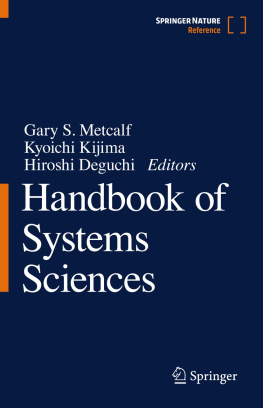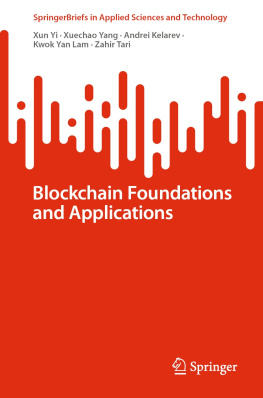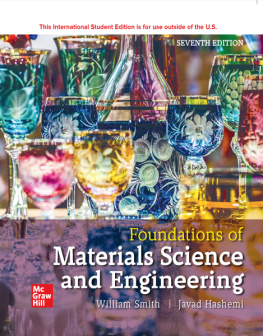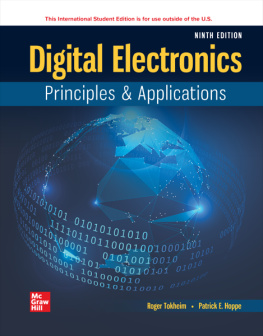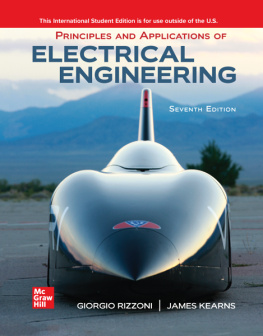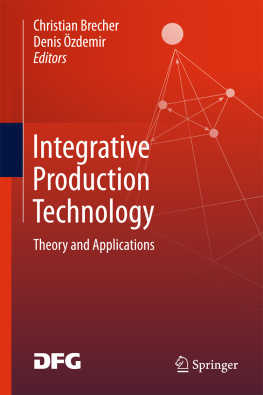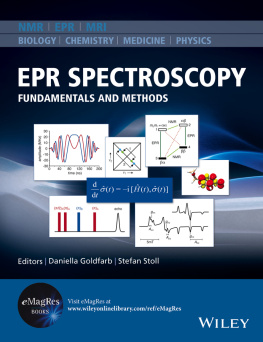This edition first published 2013
2013, John Wiley & Sons, Ltd
Registered office
John Wiley & Sons, Ltd, The Atrium, Southrn Gate, Chichester, West Sussex, PO19 8SQ, United Kingdom
For details of our global editorial offices, for customer services and for information about how to apply for permission to reuse the copyright material in this book please see our website at www.wiley.com .
The right of the author to be identified as the author of this work has been asserted in accordance with the Copyright, Designs and Patents Act 1988.
All rights reserved. No part of this publication may be reproduced, stored in a retrieval system, or transmitted, in any form or by any means, electronic, mechanical, photocopying, recording or otherwise, except as permitted by the UK Copyright, Designs and Patents Act 1988, without the prior permission of the publisher.
Wiley also publishes its books in a variety of electronic formats. Some content that appears in print may not be available in electronic books.
Designations used by companies to distinguish their products are often claimed as trademarks. All brand names and product names used in this book are trade names, service marks, trademarks or registered trademarks of their respective owners. The publisher is not associated with any product or vendor mentioned in this book. This publication is designed to provide accurate and authoritative information in regard to the subject matter covered. It is sold on the understanding that the publisher is not engaged in rendering professional services. If professional advice or other expert assistance is required, the services of a competent professional should be sought.
Library of Congress Cataloging-in-Publication Data
Pethig, Ronald.
Introductory bioelectronics : for engineers and physical scientists / Ronald
Pethig, Stewart Smith.
p. cm.
Includes bibliographical references and index.
ISBN 978-1-119-97087-3 (cloth)
1. BioelectronicsTextbooks. I. Smith, Stewart, 1975- II. Title.
QH509.5.P48 2012
572.437dc23
2012016834
A catalogue record for this book is available from the British Library.
Print ISBN: 9781119970873
About the Authors
Ronald Pethig is Professor of Bioelectronics in the School of Engineering, University of Edinburgh, and holds PhD degrees in electrical engineering (Southampton) and physical chemistry (Nottingham) with a DSc awarded for work in biomolecular electronics from the University of Southampton. He has enjoyed a long association with the Marine Biological Laboratory, Woods Hole, being elected a Corporation Member in 1982 and an Adjunct Senior Scientist in 2005. Ron is a Fellow of the Institution of Engineering and Technology, and of the Institute of Physics, and is author of Dielectric and Electronic Properties of Biological Materials published by John Wiley & Sons, Ltd. He has received several awards, including being the first recipient in 2001 of the Herman P. Schwan Award, and serves as editor-in-chief of the IET journal Nanobiotechnology and editor of the Wiley Microsystem and Nanotechnology series.
Stewart Smith is an RCUK Academic Fellow with the School of Engineering, University of Edinburgh. He completed his PhD in 2003 at the University of Edinburgh and since then has worked as a researcher at the Scottish Microelectronics Centre working on research ranging from microelectronic test and measurement to microsystems for biomedical applications. Prior to his appointment to the RCUK fellowship, he was lead researcher on an industrially funded project that developed a prototype implantable drug delivery device for the treatment of ocular disease. A paper resulting from this work later won the 2008 IET Nanobiotechnology Premium Award. Stewart is a member of the technical committee for the IEEE International Conference on Microelectronic Test Structures. His research interests include the design and fabrication of biomedical microsystems, test structures for MEMS processes and the electrical characterisation of advanced photolithography.
Foreword
There is no doubt that the continued convergence of engineering, science and medicine in the 21st century will drive new treatments, devices, drugs, diagnostics and therapies for healthcare. Worldwide there is a desperate need for effective and economical medical interventions to care for an ageing population that is growing in number and to help lessen the burden on healthcare systems of the frightening rise in chronic diseases and conditions such as diabetes and cardiovascular disease. The rise in chronic illness is to a great extent being driven by lifestyle changes and as countries become more prosperous and industrialised they see the burden of chronic illness rise. The numbers of people affected are notable. For example, the World Health Organisation (WHO) estimates that 346 million people worldwide have diabetes and that diabetes related deaths are set to double between 2005 and 2030. Type II Diabetes is growing because of sedentary lifestyles and obesity. It does not simply bring problems with blood sugar but complications of uncontrolled glucose levels can lead to cardiovascular disease, eyesight problems, renal problems and wound care problems, creating a complex and growing patient load for healthcare providers. Cardiovascular disease is even more prevalent and claimed the lives of 17.6 million in 2008 and the WHO estimates that this will rise to 26.3 million by 2030.
Thus governments and healthcare providers know that changes must be made to reduce chronic disease where possible, and to deliver care effectively and economically to those who are affected by it.
Medical technology and medical devices have a crucial part to play in helping society care for these populations and interventions based on technology and devices are already widespread and growing. The portable glucose meters which diabetics can use to check their blood sugar levels at any time were developed from biosensor technology and have now become a reliable fixture of diabetes treatment. Current research in the field has produced sub- dermal sensors for glucose that can be left in place for up to a week and the future will bring transdermal sensors that will use, or modify, the permeability of the skin to extract glucose for analysis. As another example, there is interest in the use of stem cells to grow new tissue or to repair damaged tissue and many of these types of intervention will require tissue scaffolds to guide and nourish the stem cells, thus materials scientists, engineers and life scientists are exchanging information in multidisciplinary research projects for tissue repair.
In terms of healthcare provision, governments, health services and medical companies are embracing the concept of delivering much of the monitoring and therapy for patients within their own homes rather than in hospitals and clinics. Where telehealth systems have been adopted for monitoring they have been well received by patients who can receive daily reassurance about their conditions by taking and relaying their own measurements to their clinicians. Developing medical situations that cause concern can trigger earlier interventions and treatment through telehealth monitoring and both hospital admissions and mortality are reduced where telehealth is properly implemented. This growing demand for home monitoring requires not only the advanced telecommunications and wireless systems that engineers have developed but more advances in sensor and imaging technology to allow a wide range of conditions to be monitored. This poses a big challenge requiring more bioelectronics based research and development.


